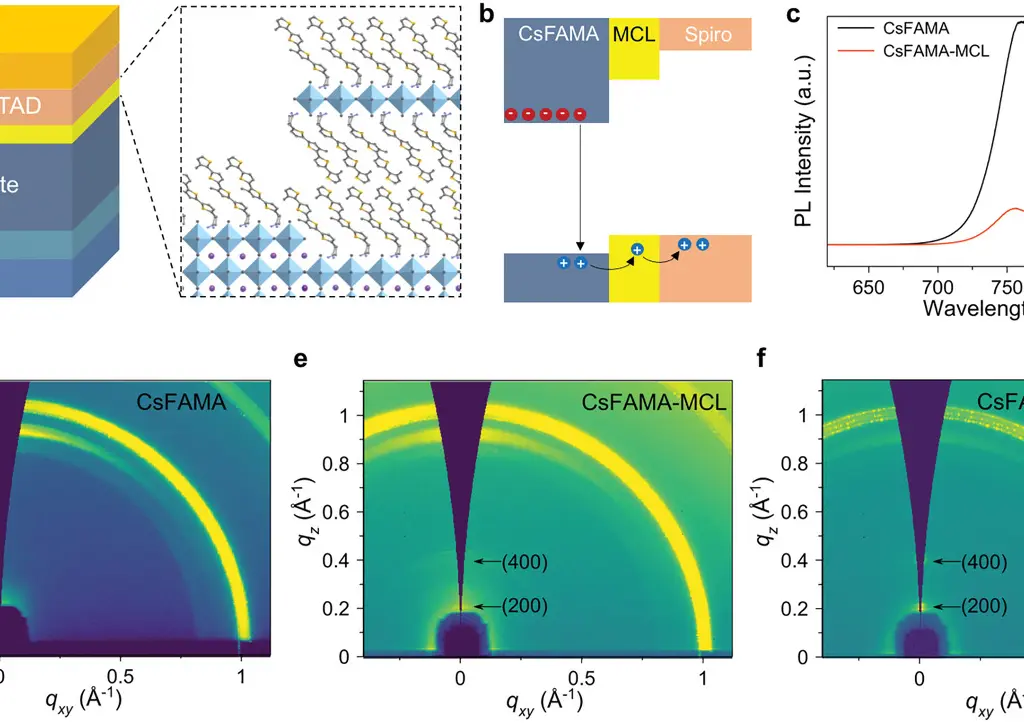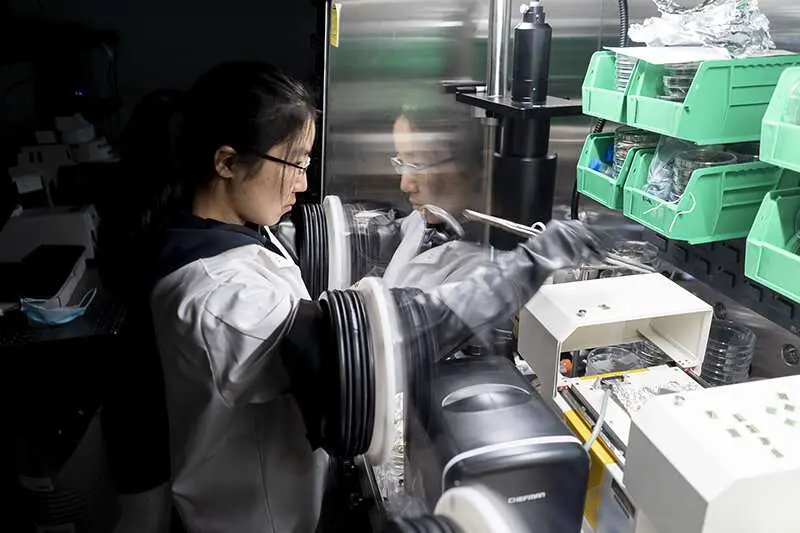
Recently the researchers at Purdue University have developed innovative, multi-functional ligands that enhance the charge transfer efficiency, increase the power conversion efficiency, and promote long-term stability in perovskite solar cells; in other words; an improved solar cell efficiency.
Perovskite is a material that can be formed from different elements to have a change of electrical, optical and physical characteristics. Perovskite can be formed as solar cells with simple techniques similar to printing newspapers; the techniques cost less and use less energy than those used to produce traditional silicon cells.

According to Letian Dou, the Charles Davidson Associate Professor of Chemical Engineering in the Davidson School of Chemical Engineering, perovskite solar panels are more cost-effective due to their lighter weight and thinness, making them easier to transport and install. They also have the advantage of being lightweight and flexible, making them portable. However, there are traits of perovskite solar cells that hinder their performance.
“These solar cells lack an effective charge transfer and are unstable and vulnerable under prolonged light exposure, which often leads to degradation,” Dou said. “Poor stability means a shorter product lifetime, and consumers will need to replace a panel more frequently. Perovskite may not be stable for 25 years like silicon, but at least 10 years is required for successful commercialization. Replacing the panels also adds to the labor cost.” Dou said.
traditional solar cells require a critical interface between perovskite and the organic charge collection layer. He said a molecular “glue” is needed, but conventional molecules block the current flow. “Our conjugated ligands have a perfect fit into the perovskite crystal lattice and can help build a 2D-on-3D perovskite heterostructure, which further enhances the solar panel’s stability,” Dou said.
Dou and his team have tested the innovative ligands in their laboratory.
“We achieved near 25% power conversion efficiency with the ligands, compared to less than 20% without them,” Dou said. “We also improved the lifetime to more than 2,400 hours tested at 65 degrees Celsius, which is four times longer than without the ligands.“
Dou and his team are taking additional steps to improve the ligands. “We are working on new ligands to further what we’ve already achieved: more than 25% power conversion efficiency and more than 10,000 hours of operational lifetime,” Dou said. “We also are working to apply the ligands in larger-area solar modules. We look to achieve these goals within a year or so.”
Conclusion
Dou disclosed the conjugated ligand innovation to the Purdue Research Foundation Office of Technology Commercialization, which has applied for patent protection on the intellectual property.
Read More
How to Build an RFID Automated Home Control System


